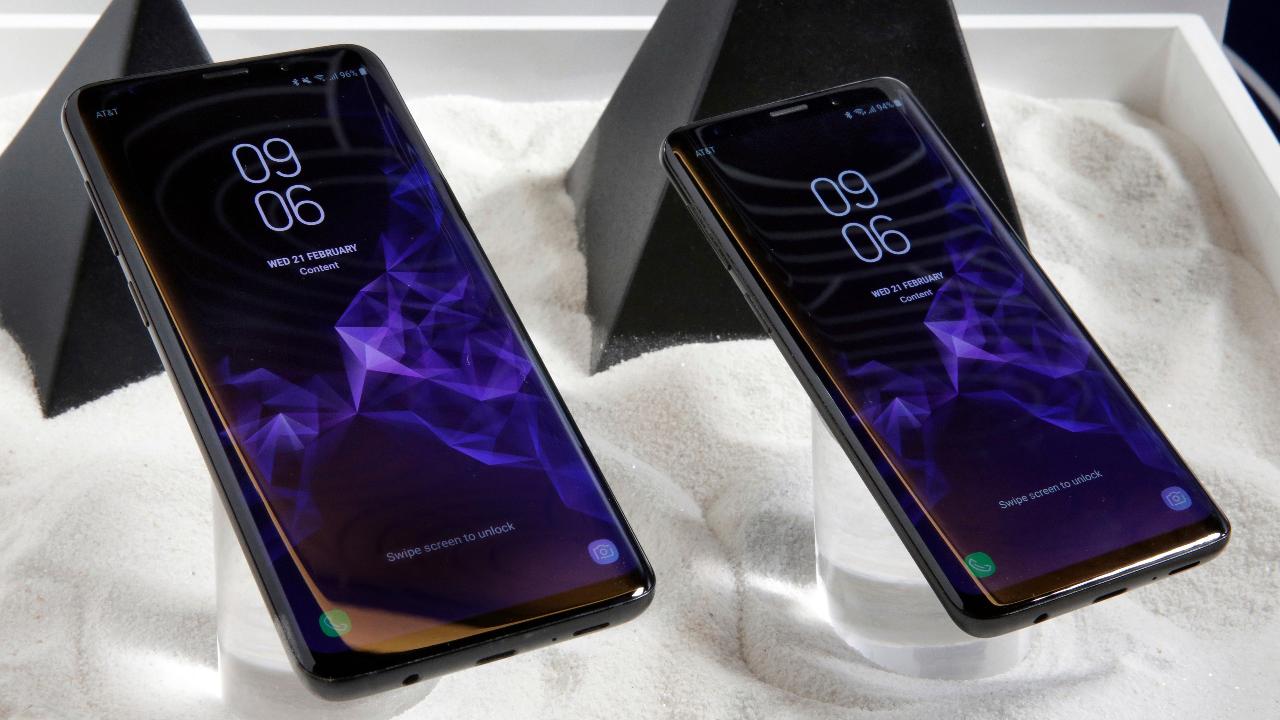Samsung Electronics forecasts operating profit growth at 5% in second quarter
Samsung Electronics Co. forecasts second-quarter operating profit will grow 5%, though the result missed analyst estimates and would halt what had been four straight quarters of record earnings.
The world's largest smartphone and semiconductor maker said Friday that it expected an operating profit of 14.8 trillion South Korean won ($13.2 billion) for the quarter that ended June 30, up 5% from 14.07 trillion won a year earlier. Samsung expects revenue will decline to 58 trillion won from 61 trillion won.
Analysts polled by S&P Global Market Intelligence had expected the company to post operating profit of 15.1 trillion won and revenue of 60.3 trillion won for the quarter. Samsung will report final results later this month.
Samsung had delivered a string of record operating profits, peaking at the 15.64 trillion won during the first three months of 2018.
But the company's recent hot streak, fueled by memory-chip sales, will be difficult to top -- or even maintain -- in future quarters, industry analysts say. Samsung shares have fallen about 10% this year compared with a 9% decline for South Korea's benchmark Kospi index.
Sales of the company's latest flagship device, the Galaxy S9, have been weak, as consumers hold on to their phones longer and remain unimpressed with the newest options. Lee Seung-woo, a Seoul-based analyst at Eugene Investment and Securities, expects Samsung will ship about 31 million Galaxy S9 devices in 2018.
That would mark a dramatic decline from just two years ago, when the Galaxy S7 became Samsung's best-selling phone ever, with roughly 50 million shipments.
Even the thriving components business is facing challenges. Prices of so-called NAND memory, used to store photos and music on devices, has fallen more than expected in recent months, Susquehanna analyst Mehdi Hosseini said in a recent report. The other major type of in-demand memory chip, called DRAM, is likely to face 10% to 15% price declines after this year, he said.
The Wall Street Journal reported last month that Apple Inc. expects cheaper liquid-crystal displays to make up a greater proportion of new iPhones than analysts had previously expected. The shift, expected both for this fall's lineup and next year's, would hurt Samsung, the main supplier of a newer type of display used in the iPhone X that is called organic light-emitting diode, or OLED.
The OLED screens, which cost about $100 each, were expected to be a major profit driver for Samsung this year.




















